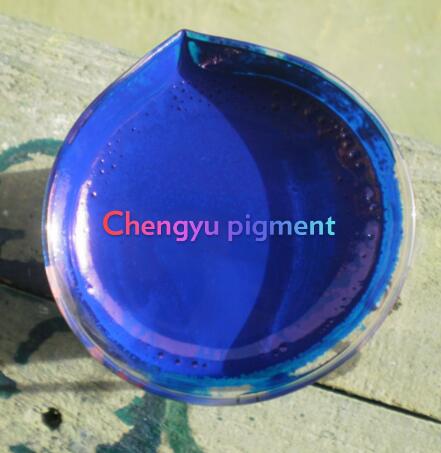Color paste is a concentrated pigment paste that plays a vital role in various industries, from textiles to coatings. This article delves into the composition, types, and applications of color paste, providing a comprehensive understanding of its significance in modern manufacturing.

Color paste is developed using a variety of pigments, which are treated and wrapped through advanced processing technologies. This meticulous approach ensures that the pigments maintain their vibrancy and stability. The composition of color paste can vary based on the solvents used, leading to different types such as water-based, oil-based, and water-oil universal color pastes. Each type has unique properties that make it suitable for specific applications.
Color paste can be categorized based on several criteria. Firstly, according to the solvents used, it can be divided into:
- Water-Based Color Paste: This type is popular for its eco-friendliness and ease of use in various applications.
- Oil-Based Color Paste: Known for its durability and resistance to fading, this type is often used in industrial applications.
- Water-Oil Universal Color Paste: This versatile option can be used in both water and oil-based systems, making it adaptable for various needs.
Secondly, color paste can be classified based on its intended use. Common categories include:
- Paint Color Paste: Used in the production of paints and coatings.
- Textile Color Paste: Specifically formulated for fabric printing and dyeing.
- Paper Color Paste: Utilized in the papermaking industry for coloring paper products.
- Toy Color Paste: Safe formulations designed for use in toys and children's products.
The applications of color paste are extensive and diverse. In the coating industry, water-based color paste is widely used for its ability to provide vibrant colors while being environmentally friendly. It is also employed in the leather industry, where it enhances the aesthetic appeal of leather goods.
In the textile industry, color paste is crucial for achieving vibrant prints on fabrics. Its ability to bond well with fibers ensures that the colors remain bright and durable even after multiple washes. Additionally, color paste is used in the printing industry, where it serves as a key ingredient in inks for various printing methods.
The papermaking industry also benefits from color paste, as it allows for the production of colored paper products that meet consumer demands. Furthermore, color paste is utilized in the production of latex products, where it adds color and enhances the visual appeal.
One of the primary benefits of using color paste is its concentrated nature, which allows for efficient coloring with minimal product usage. This not only reduces costs but also minimizes waste. Additionally, the stability of color paste ensures that the colors remain consistent throughout the production process.
Another advantage is the versatility of color paste. With various types available, manufacturers can choose the most suitable option for their specific needs, whether it be for textiles, coatings, or other applications. This adaptability makes color paste an essential component in many industries.
In summary, color paste is a concentrated pigment paste that plays a crucial role in various applications across multiple industries. Its composition, types, and benefits make it an indispensable tool for manufacturers seeking vibrant and durable colors. For those interested in exploring color paste options further, please contact us to learn more about becoming a supplier of high-quality color paste products.
Previous: None